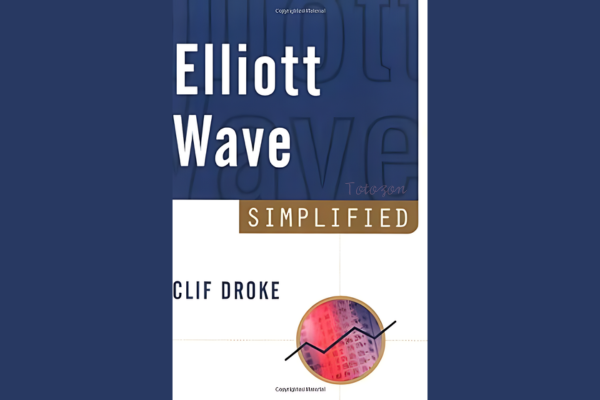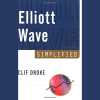Elliott Wave Simplified with Clif Droke
$6.00
File Size: Cooming soon!
Delivery Time: 1–12 hours
Media Type: Online Course
Elliott Wave Simplified with Clif Droke
Introduction: Unraveling the Waves
Welcome to the simplified world of Elliott Wave theory as interpreted by Clif Droke. This approach offers an accessible pathway into one of the most fascinating and complex theories in market analysis.
Who is Ralph Nelson Elliott?
Ralph Nelson Elliott discovered the Elliott Wave theory in the 1930s, proposing that stock market prices unfold in predictable patterns, which he termed “waves”.
Clif Droke’s Simplification of Elliott Wave Theory
Clif Droke has distilled Elliott’s complex ideas into manageable concepts that traders of any level can understand and implement.
The Basics of Elliott Wave Theory
The Motive Waves
Understanding the five-wave pattern in market trends is crucial, and Droke simplifies how to identify and interpret these movements.
The Corrective Waves
Alongside the motive waves, the three-wave corrective pattern completes the basic Elliott cycle. Droke breaks down these patterns to their core components.
Applying Elliott Wave Theory in Modern Markets
Tools for Today’s Traders
Droke recommends modern tools and software that enhance the application of Elliott Wave analysis.
Reading Market Sentiments
Elliott Wave is not just about patterns but also about market psychology. Droke’s interpretation helps traders gauge market sentiments effectively.
Key Concepts Simplified by Droke
Fibonacci Retracement
Droke explains the integration of Fibonacci numbers with Elliott Waves for precise market entry and exit points.
Wave Personality
Each wave has a “personality” or a specific set of characteristics. Droke’s work makes it easy to understand these personalities and their implications.
Practical Application: Case Studies
Droke provides examples of how Elliott Wave theory can be applied to predict market movements, with simplified analysis and predictions.
Challenges and Misconceptions
Common Misunderstandings
Droke addresses common pitfalls and misconceptions that traders encounter with Elliott Wave theory.
Advanced Techniques in Simple Terms
Droke introduces more complex aspects of Elliott Wave, such as diagonal triangles and complex corrections, in a simplified manner.
Resources for Further Learning
Droke suggests books, seminars, and online resources for traders who wish to delve deeper into the world of Elliott Wave.
Conclusion: Mastering the Waves
Clif Droke’s simplification of Elliott Wave theory provides a robust foundation for traders to understand and leverage market dynamics more effectively.
FAQs
1. How can beginners start using Elliott Wave Theory?
Begin with identifying basic wave patterns and understanding their contexts within market cycles.
2. Are Elliott Waves applicable to all markets?
Yes, Elliott Wave theory can be applied across different markets, including stocks, forex, and commodities.
3. What is the most crucial aspect to understand in Elliott Wave theory?
Recognizing the start and end points of waves is critical, as it determines the accuracy of subsequent predictions.
4. How does Fibonacci play into Elliott Wave analysis?
Fibonacci ratios help determine potential reversal points in the markets, closely tied with wave predictions.
5. Where can I find reliable resources on Elliott Wave Theory?
Droke recommends specific books and online platforms focused on Elliott Wave theory for deeper insights.
Be the first to review “Elliott Wave Simplified with Clif Droke” Cancel reply
You must be logged in to post a review.
Related products
Forex Trading
Forex Trading
Quantamentals – The Next Great Forefront Of Trading and Investing with Trading Markets
Forex Trading
Forex Trading
The Complete Guide to Multiple Time Frame Analysis & Reading Price Action with Aiman Almansoori
Forex Trading
Forex Trading
Forex Trading
Forex Trading
Forex Trading






















Reviews
There are no reviews yet.